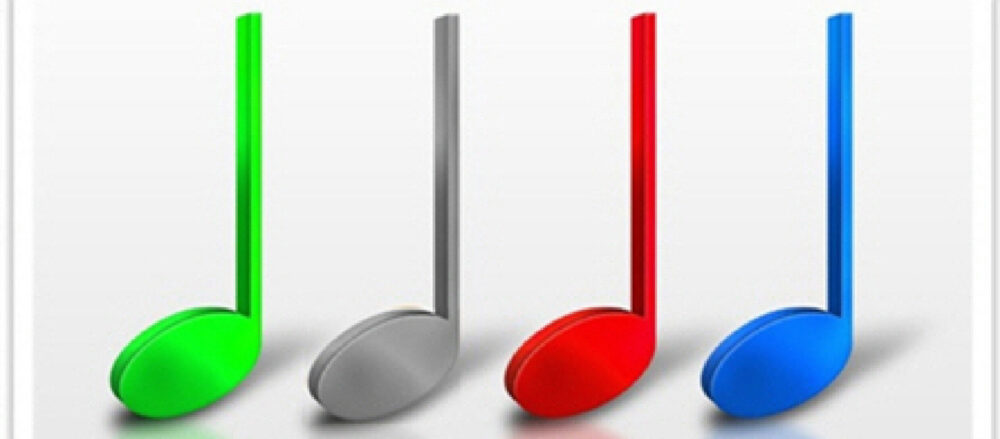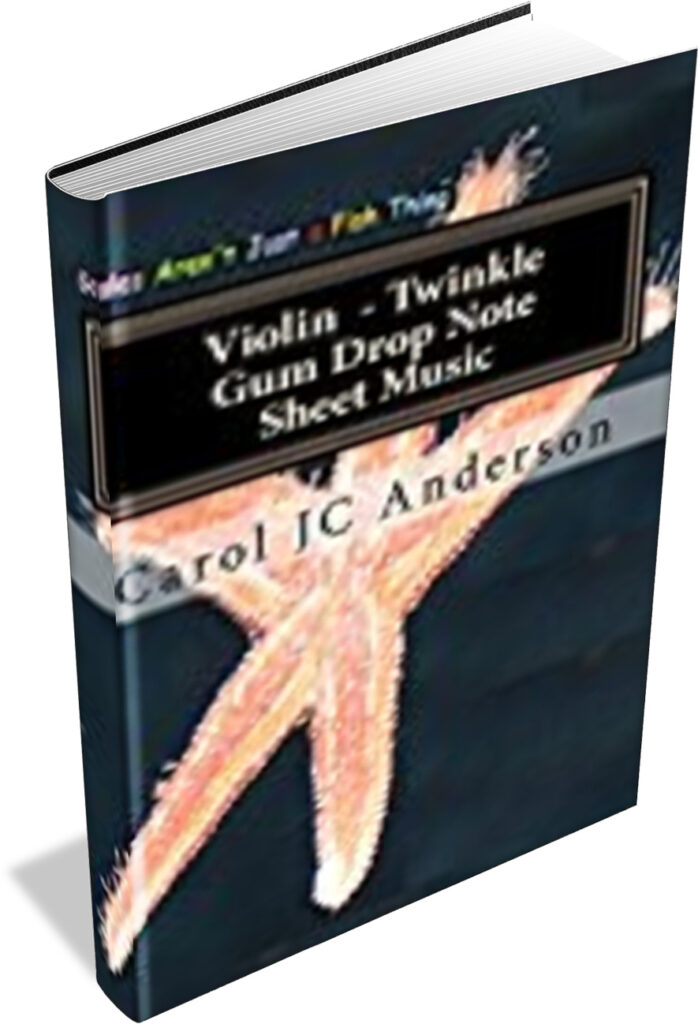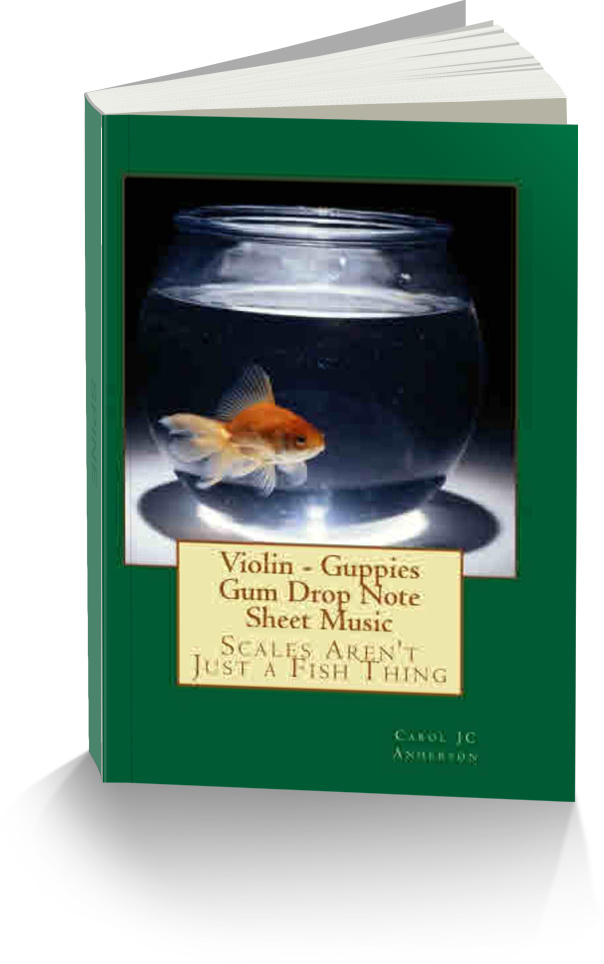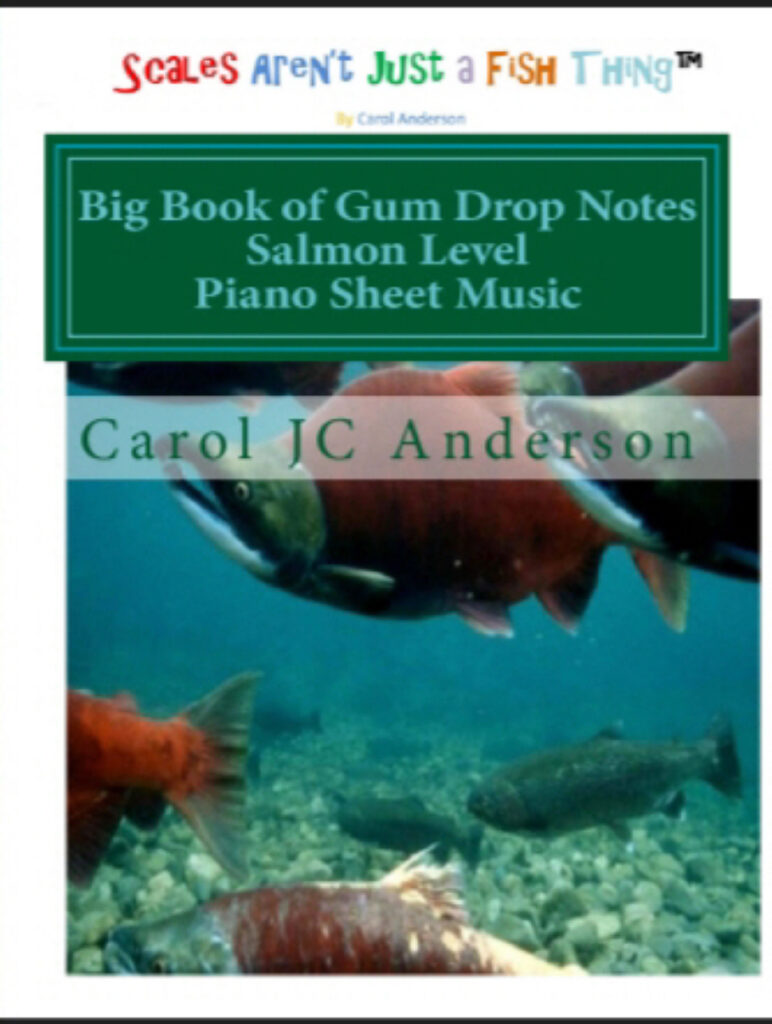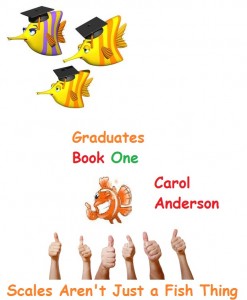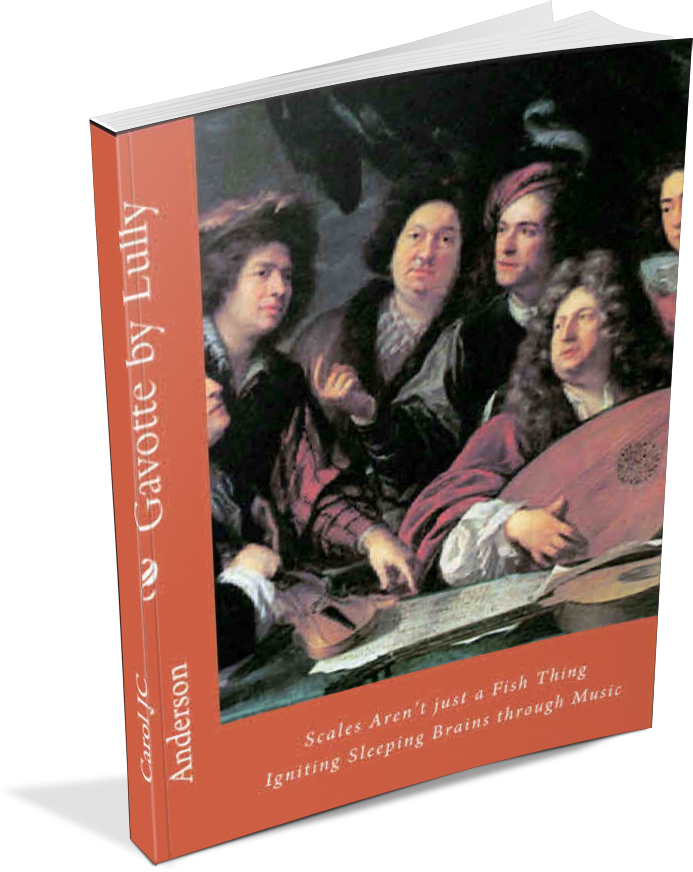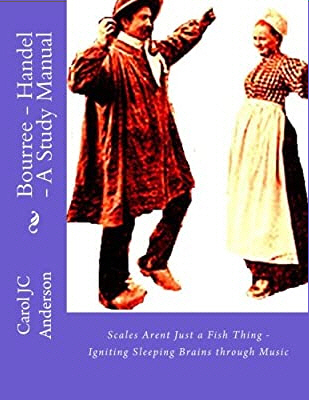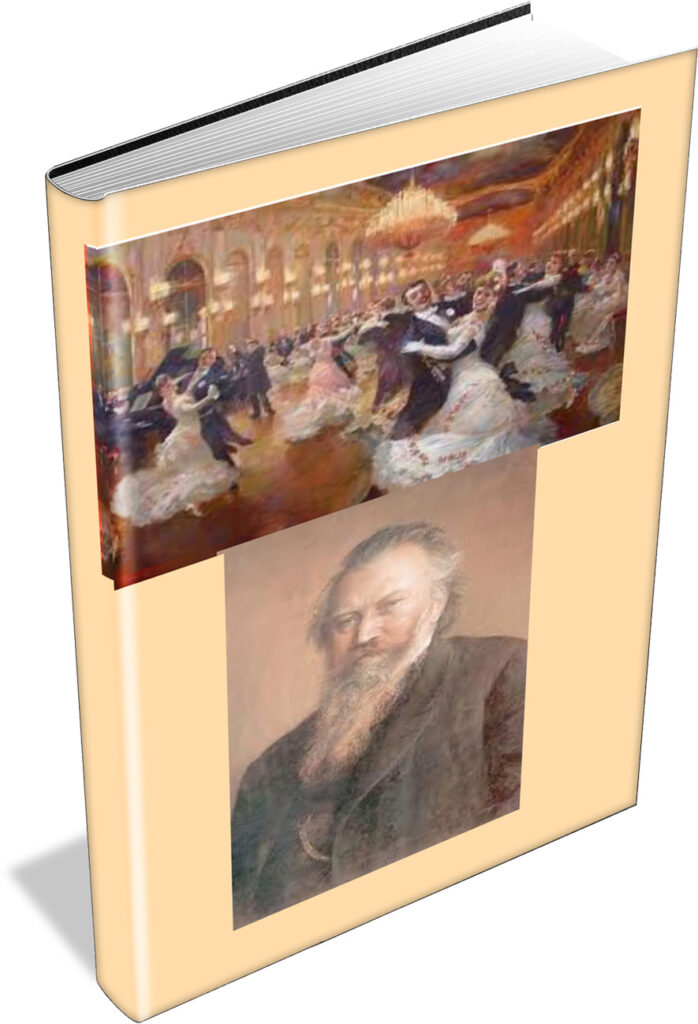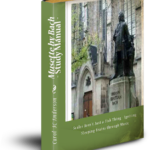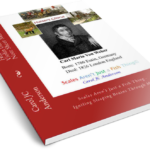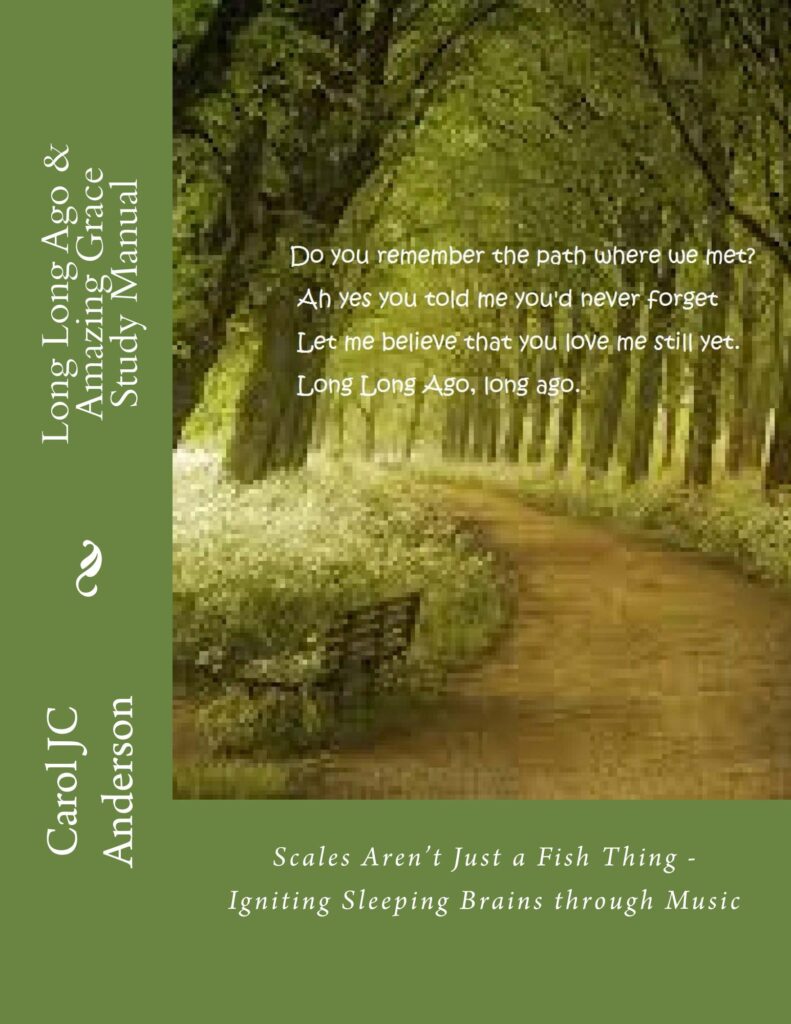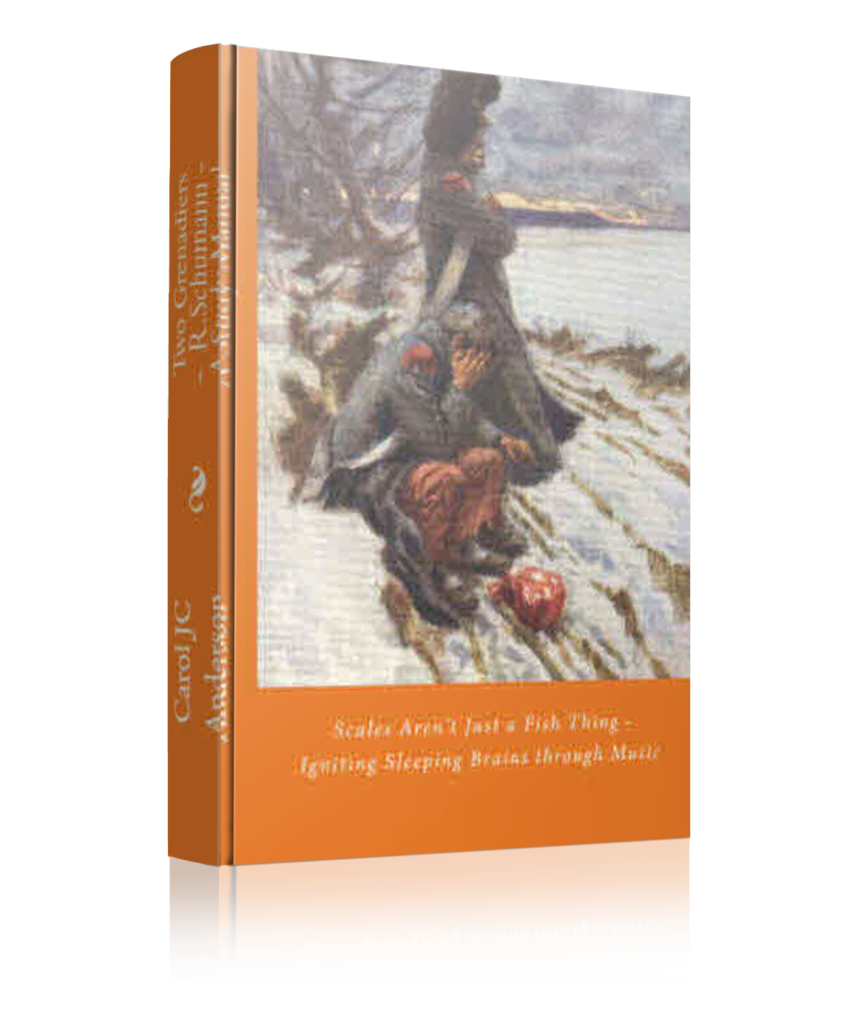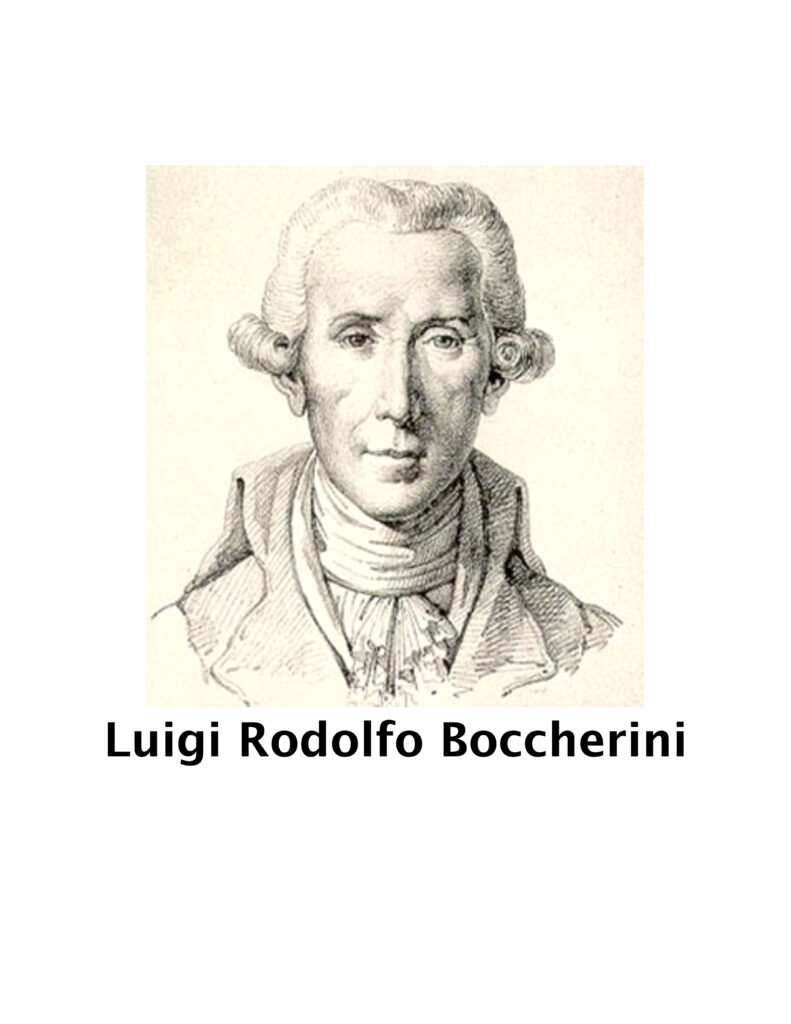As painful as the routine of actual music lessons, ballet, dance, horseback riding, etc. can be, there is a reward at the end of the struggle. When taking violin lessons, piano, harp, cello, mandolin, etc. there are stages of expertise that you wander through and if you aren’t careful, you might think you arrived when you well…here is an example.
I remember sitting on the porch of an old Victorian house. Maybe 15 steps up to what they consider the first floor, led to the gate of the porch. You know the old shore houses. Six of my grandchildren, most of them three years old at the time, were playing in the sand table and water table. Two friends saw us and walked up the stairs to the porch where my husband and I sat. It looked as if we had a party going on. The kids were having a great time and were as focused as three-year-olds can get. The friends looked at the six of them and asked, ‘Are they all in diapers?’ One of the little guys was absorbed in the sandbox. With his head still down and still playing in the sand, his little hand flew in the air…..’ Potty trained’. It was a great stage and of course, one to be aspired to since the rest just stood there with their fat little bellies sticking over their diapers wishing they could raise their hands.
Here’s another example. Stick with me, I’m going somewhere with this….I remember a group…large group of parents whose children were students of mine at a private school. The parents all wanted to play the violin as well. We somehow squeezed into the glass-enclosed room in the library of school and played some of the very early songs in my repertoire that I had harmonies for. They were at the beginning of their journey but sounded great. One of them told me that she played with a group recently and just played anything she wanted and it all worked. Now she was talking to a trained ear that had never seen that magic happen so quickly. Yes, if you know what key the group is playing in and you know chords and arpeggios for that key, maybe. But we weren’t anywhere in that territory yet.
At that point, sometimes, the student or the parent thinks they have gotten enough and runs off to use their newfound skill. Danger!!!
I remember one of my students playing with a group of teenagers. They were, of course, playing at songs. Not conquering any of them. But, it was fun and that was that. I knew there wouldn’t be any hope of wrangling that one back in.
They were all at the diaper stage.
Should I have stopped any of them from moving forward with their newfound skill? Not really. But by including that activity, I would have liked to encourage them to keep learning. Maybe one reason would be that if they continued to learn …..their regrets of the shoulda’ coulda woulda’s might have been lessened.
Why should a parent struggle through the years of fear that their child won’t perform well during a solo concert? Why fight the ‘I don’t feel like it’ or ‘I don’t want to’ confrontations with your child when it’s time to practice….or yourself for that matter?
Easy answer. Music lessons are a way to take you to a higher potential as a person. The skills and discipline learned through consistent lessons seep into the rest of your life and last a lifetime. Self-discipline in a routine and practice schedule is great but not why you will do this. Creating memories is fantastic, but again, not the end-all. Can you imagine, being older, the kids are grown, you have walked this whole path of growing into adulthood with them and actually learned a lot along the way, and then one day, you are all together for a barbecue or Christmas dinner and one of them grabs a violin. The others scramble for their instruments and before you know it, you are listening to the amazing results of your hard work. Your kids will have far more presence and confidence in their skills.
Another reason, and for me one that holds a lot of weight, is the development of the brain. An accomplished musician and another individual can both come down with a brain degenerative disease at the same time and the musician might not even notice it for many years because the structure of their brain is so dense. Our 7-Day Igniting Sleeping Brains Challenge does the same thing. It builds pathways in the brain. The combination of the ‘Scales Aren’t Just a Fish Thing’ music theory and the Igniting Sleeping Brains theory together would be like a growth hormone to the brain.
I use music as a catalyst to develop our brains. You could use something else for sure, but studies have shown that music actually changes your brain structure and that while the novice listens on the right side of the brain, the accomplished musician actually listens to it on the left side of the brain.
Kids today are learning to listen to the song and then play it. Fine, I’ve taught that for years. But the listening part is behind the left ear which means that it is processed in the right side of the brain. We want to work on it until we get it to transfer to the sequential study brain that thinks with the beta brain waves [(explained in the ‘Selfie Profile’ Master Class)] The Audiobook “The Selfie Snapshot” – 58 Daily Vignettes – thoughts to mentally chew on – Data w/Soul – A unique fingerprint of your personal layers of learning & processing information is available as part of the Master Class. It is also available on Amazon.
Be sure to sign up for a class..I will start you where you should be and we can have online music lessons this year. You will have access to mp4 videos, mp3 audio, and downloadable sheet music. The only difference is that we will do all of this online. Want to try it? Sign up by watching the webinar at the top of this page and I will send you some samples so you can see just how awesome this is.
This is about the Awesome Combo, which is really about how you add music theory and learning styles to your study learning styles and the study of music, you have an unbeatable combination for growth. of music. With all three, music theory,
If I reflect back on the stages of growth of the music lessons I have offered, and there’s been several stages now, the scale from that very, very first student up until where it is today it has ended up has been just extraordinary.
It’s just crazy, and it’s because of this thing I call the Awesome Combo. And it really is awesome. So, I just want to give you a quick overview of how this works, and maybe it’s a flash fast-forward into your life and what’s going to happen with your studies.
In the Awesome Combo it’s the idea of daily advancing with the skill of playing your instrument, understanding how you uniquely learn and the theory of music. You will have the opportunity to play music theory games and be given the tools to help you easily understand complex musical concepts..
Create a conversation between you and and me. Text me at carolanderson@scalesarentjustafishthing.com
As you continue in your studies you will grow in your musical skill and understanding of yourself and others. You will learn that everyone doesn’t understand information the same as you and you will become more tolerant with others shortcomings.
You learn:
how to read music
how to listen to music
the dynamics within music
combinations of notes,
how they sound
how they are played.
You might even try your hand at improvisation. – Playing something that isn’t written down.

Carol Anderson

1-learning styles
2-how to go around the short circuits
3- learn music theory without the roadblocks
4- Almost instant sight-reading of music
5- Tons more information


Book One – Part One Study the following books – have fun and build your skills overnight
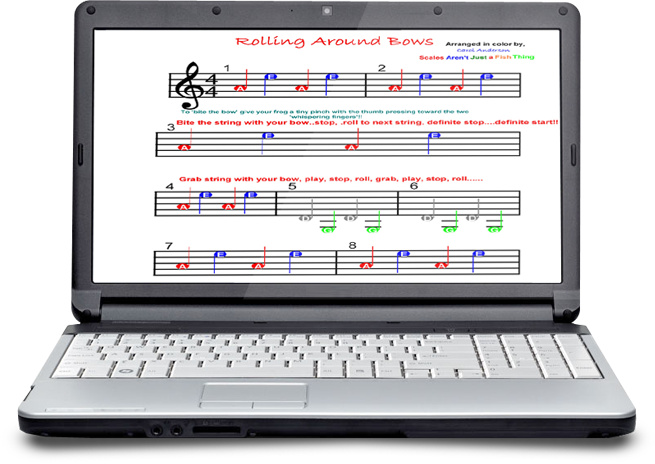
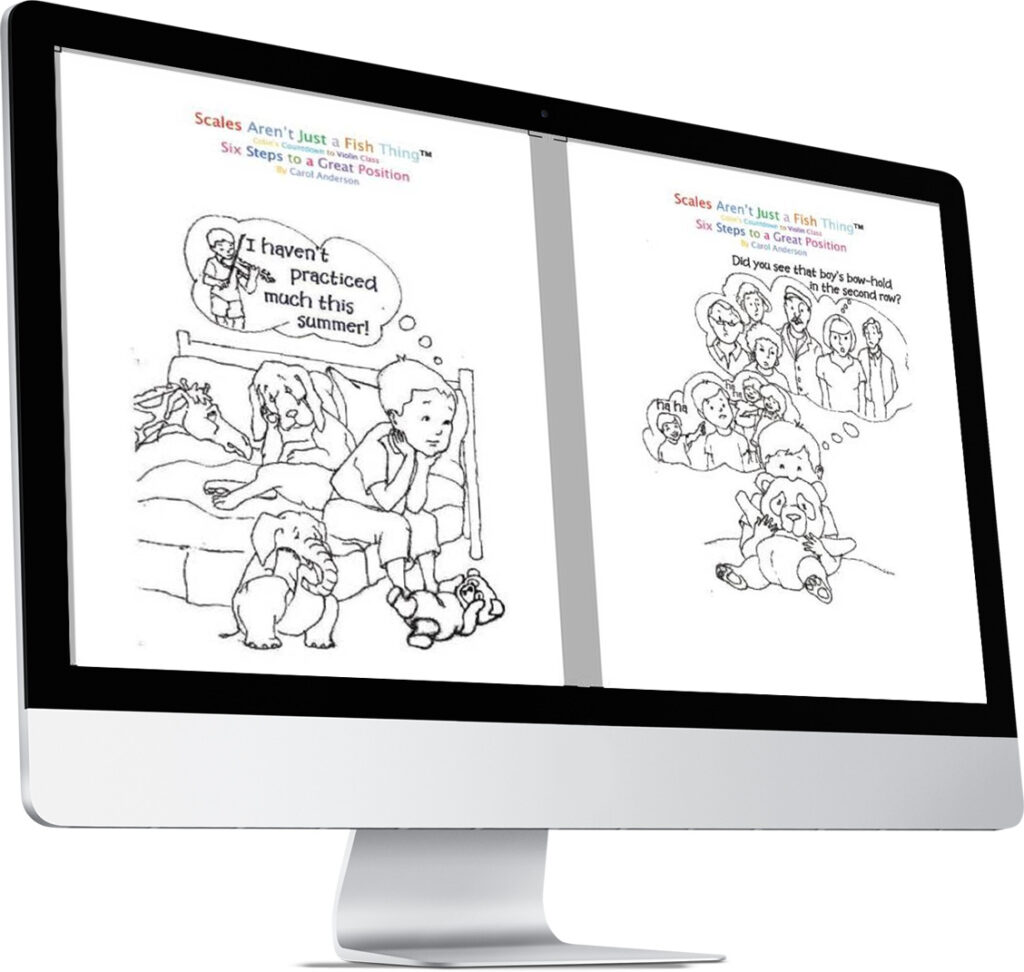
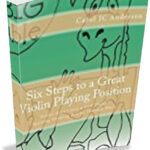
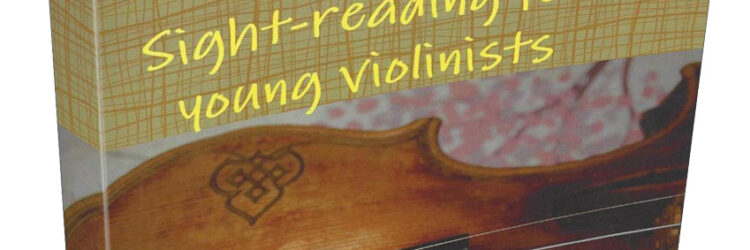
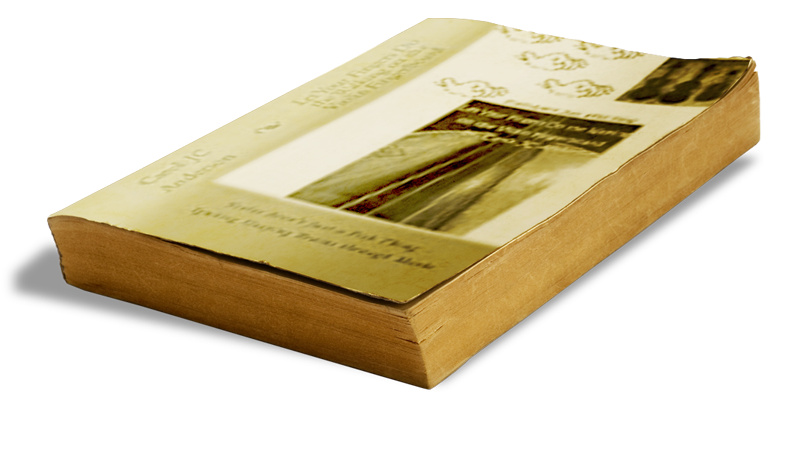
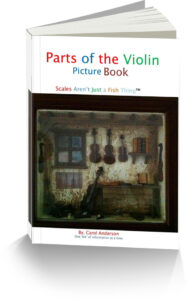
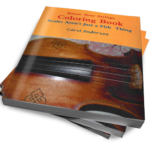
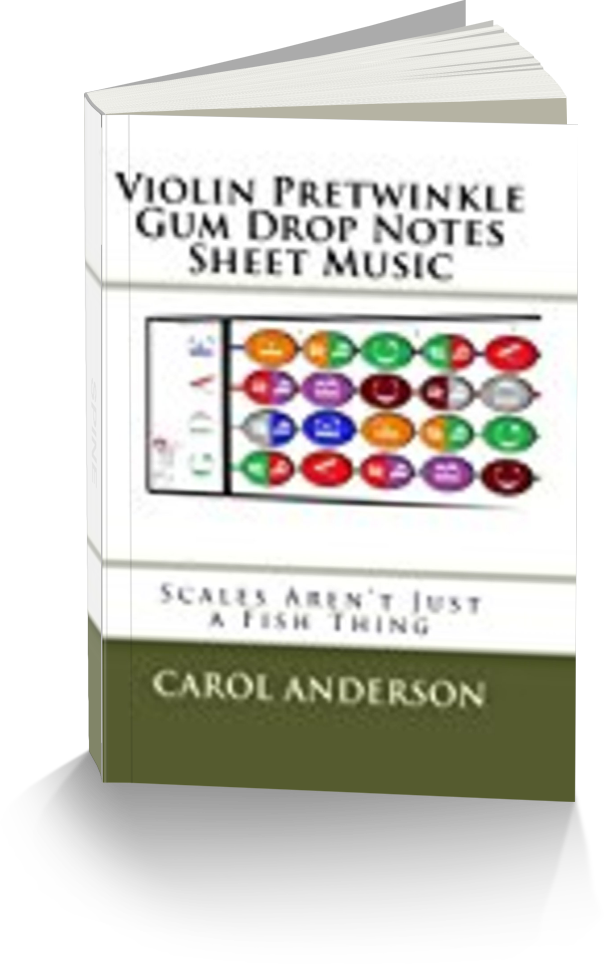
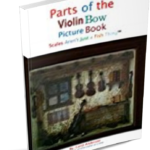
Book One – Part two- Twinkle Twinkle and Friends – Now you are starting to play songs you will recognize as old favorites. Enjoy
Book One – Part three- Now you will add to your musical repertoire so you can play for anyone anywhere….maybe even with harmony.
The Guppies
The Guppies is the level after the Twinklers. It is ‘Book One (level 3). Pre-Twinkle, Twinkle, Guppies, Salmons, and Graduates make up Book one. Scales Aren’t Just a Fish Thing is an amazing method of teaching music theory and sight-reading at the same time, while having fun. Every possible crutch to learning is given. The method uses the concept of nurturing into learning not testing so our brains don’t set up a roadblock before we get started with learning to sight-read music. This volume of ‘The Big Book of Gum Drop Notes’ book one, includes both color-coded notes with stems indicating the string the note is played on and the notehead indicating which note is played and black notes. The following songs are included: Hey Diddle Diddle A Frog Went a Courtin’ A Peanut sat on a Railroad Track Hickory Dickory Dock Oh Dear What Can the Matter Be Here We Go Around the Mulberry Bush Anchors Aweigh O Come Little Children Long Long Ago May Song Old MacDonald Had a Farm Allegro
Book One – Part four
The tunes in this level of the Big Book of Gum Drop Notes are a bit of a challenge. Salmon swim against the current. It is a challenge for them but they are mono-focused. They want to accomplish the task. This is what will be required of us in this level of playing. Using the ‘gumdrop notes’ makes it easier. Almost too easy. It doesn’t seem to be an upstream battle. It isn’t our goal to become sophisticated or classy. Our goal is to learn to sight-read music as if it were a second language. Learning happens best when we are having fun. Most of all, our purpose is to ignite our sleeping brains, by using music as the catalyst, to pull each of us through whatever it is that challenges us. The Gum Drop Notes are an amazing system of color-coded notes structured to teach music theory without our being aware. Here are a list of the tunes: Perpetual Motion Doubles – Perpetual Motion – Solo – Alouette – Andantino – Ring Around the Rosie – Allegretto – Animal Fair – All the Pretty Little Ponies – Happy Birthday – Ode to Joy – Etude – Solo – Etude Doubles Bingo – Solo Bingo with rests
Book One – Part Five – The Graduate!!!!
The Scales Aren’t Just a Fish Thing method works so quickly and efficiently that students fly through the curriculum, memorizing it along the way. Why? Because every modality is addressed. And with that, each student is learning through their own unique learning style. Color-coding notes, play-along music, and hints along the way to prevent anything incorrect from being learned, all make this not only an efficient but a yummy way to learn, practice, and work until you master the results. Gum Drop Notes aren’t sophisticated and classy but they take a student through a ‘dark forest’ of the unknown task and make it enjoyable. Violinists can assure themselves that they are playing correctly because each note has a bowing indication and each stem of the note reminds the student on which string they should be playing that note. An Open E string tone can be played and often should be played with a fourth finger on the A string. Lots of reasons why but does a four-year-old care? No, they will play it correctly and understand fully down the road. They will shake their head at your explanation and when they are eight acknowledge what you said. At four, they can play well and efficiently but want it at lightning speed. Gum Drop Notes offers this and much more. Give them a try.
Nick Nack Paddy Wack, Doe a Deer, Boom Boom Ain’t it Great to Be Crazy, This Old Man, America the Beautiful, Bile the Cabbage Down, Do Your Ears Hang Low, Eensy Weensy Spider, Happy Farmer, Minuet One, Minuet 3, Minuet 3, The Teddy Bear’s Picnic and the Graduate piece ‘Gossec Gavotte’.
Book Two – lots of songs to choose from.
Each book has an extra tune or two on the same
level to embed the new information.
Book Three is amazing. I have named the series the Manatees because just like the enormous animal, they are huge but gentle and so are these pieces of music.
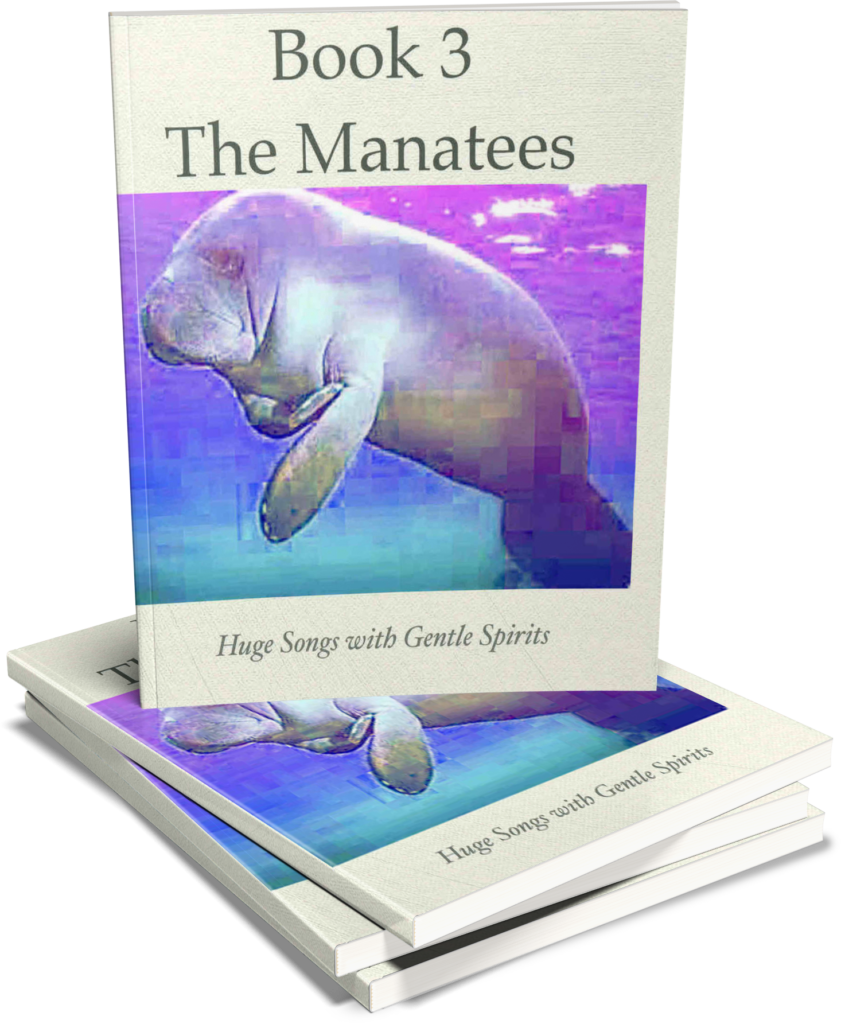
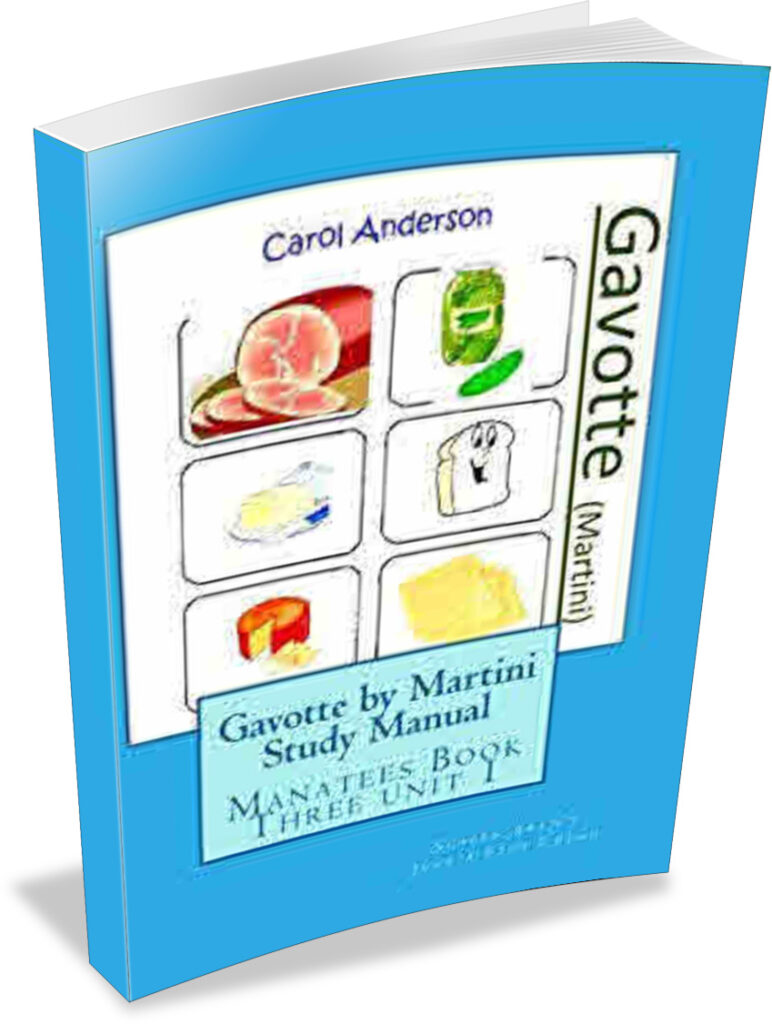
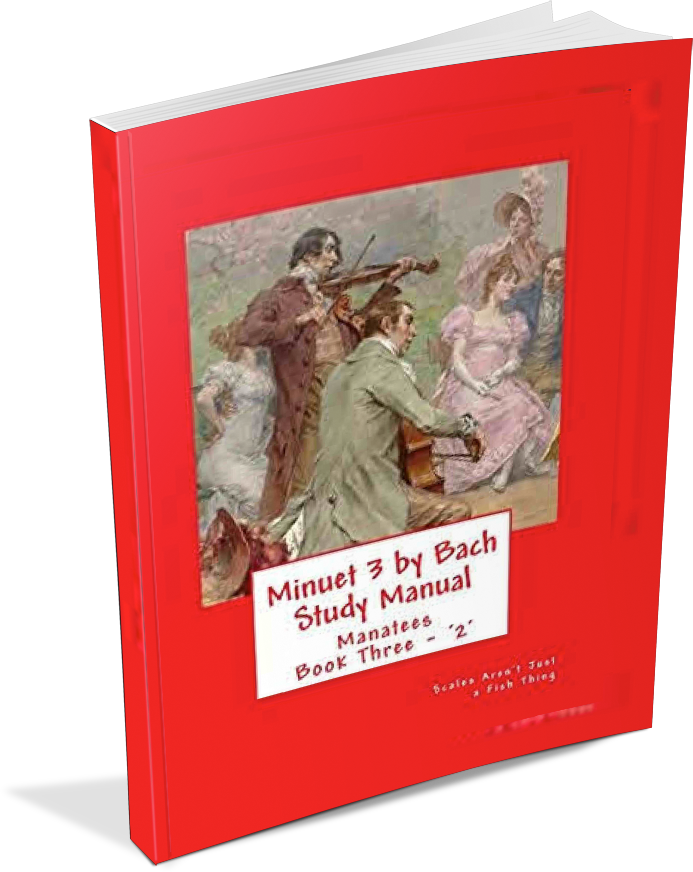
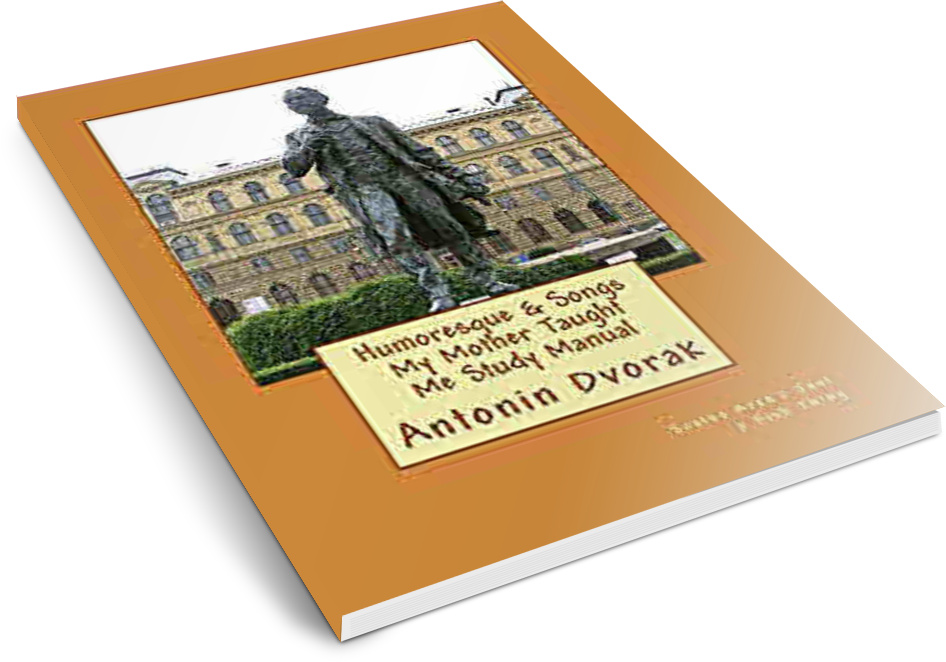
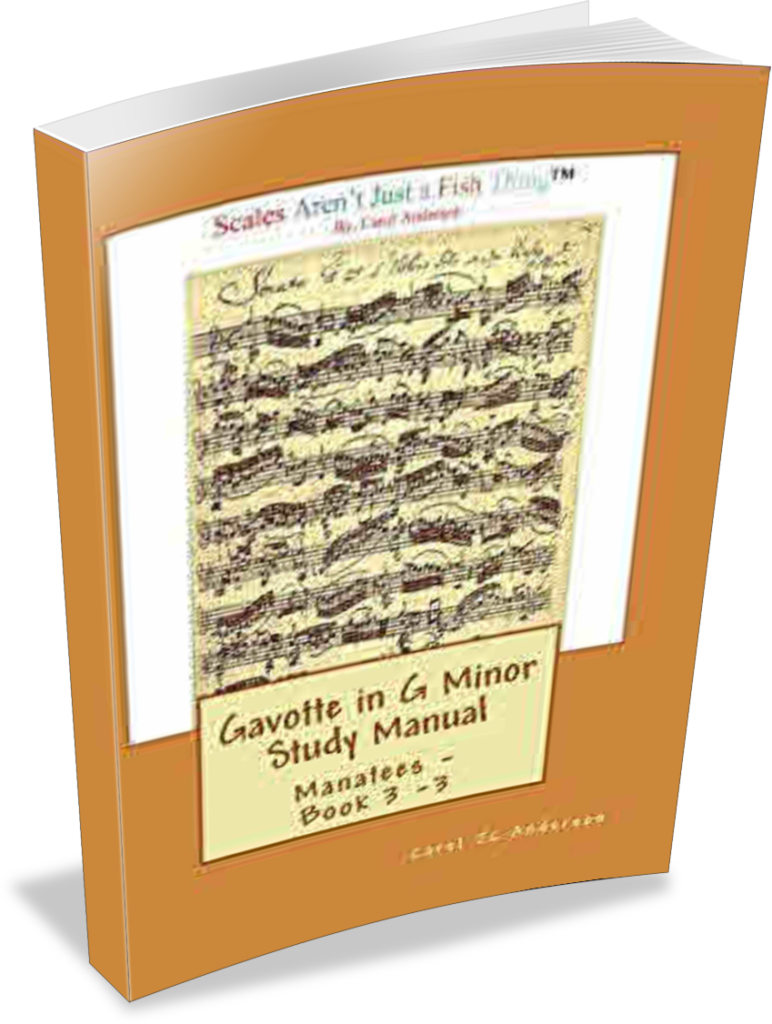
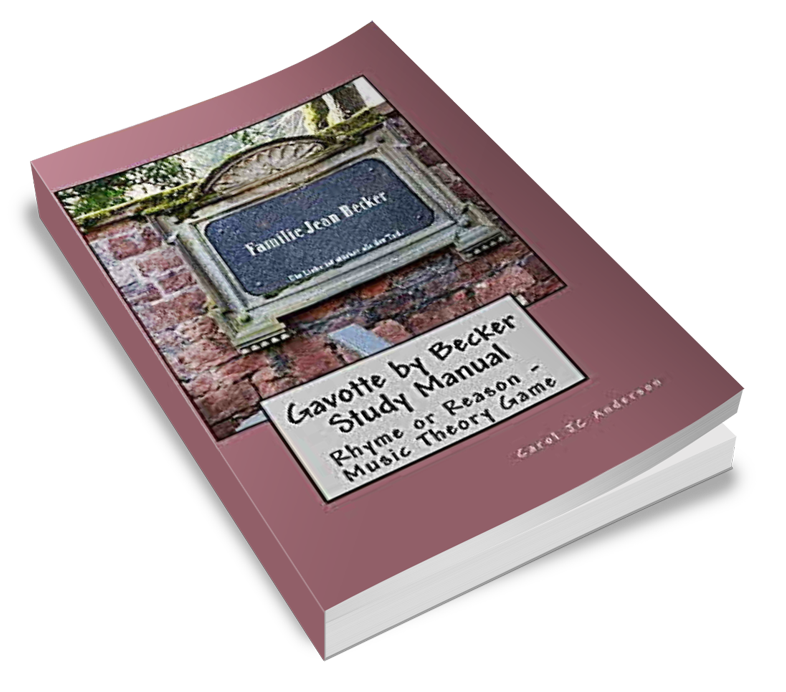
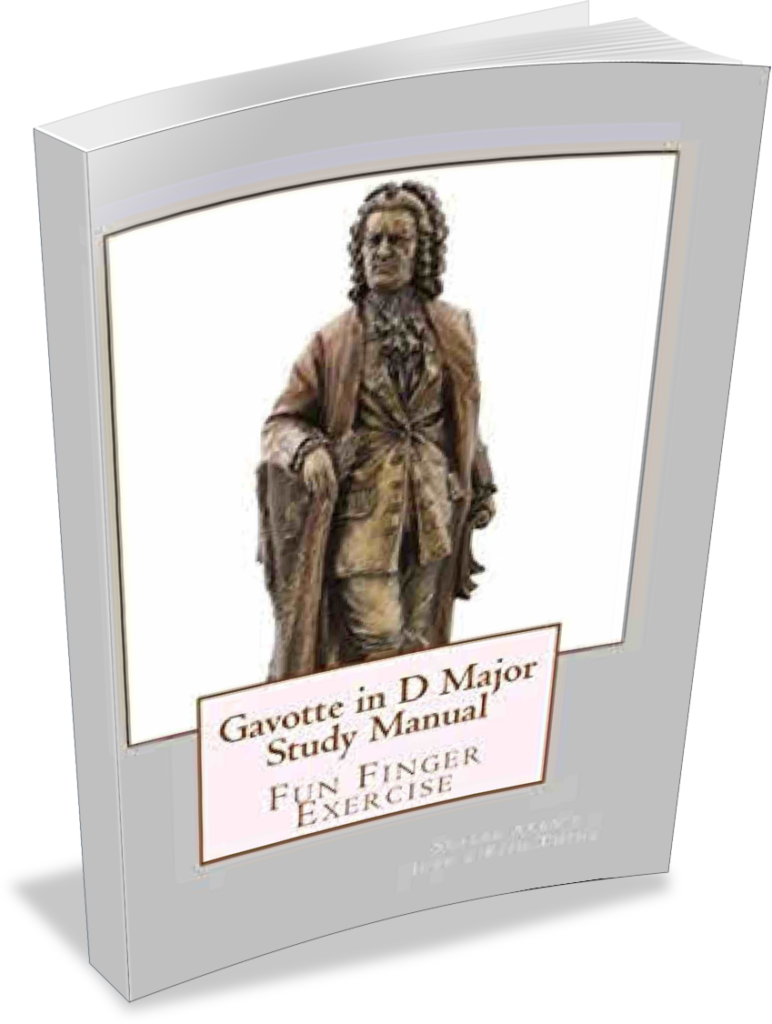
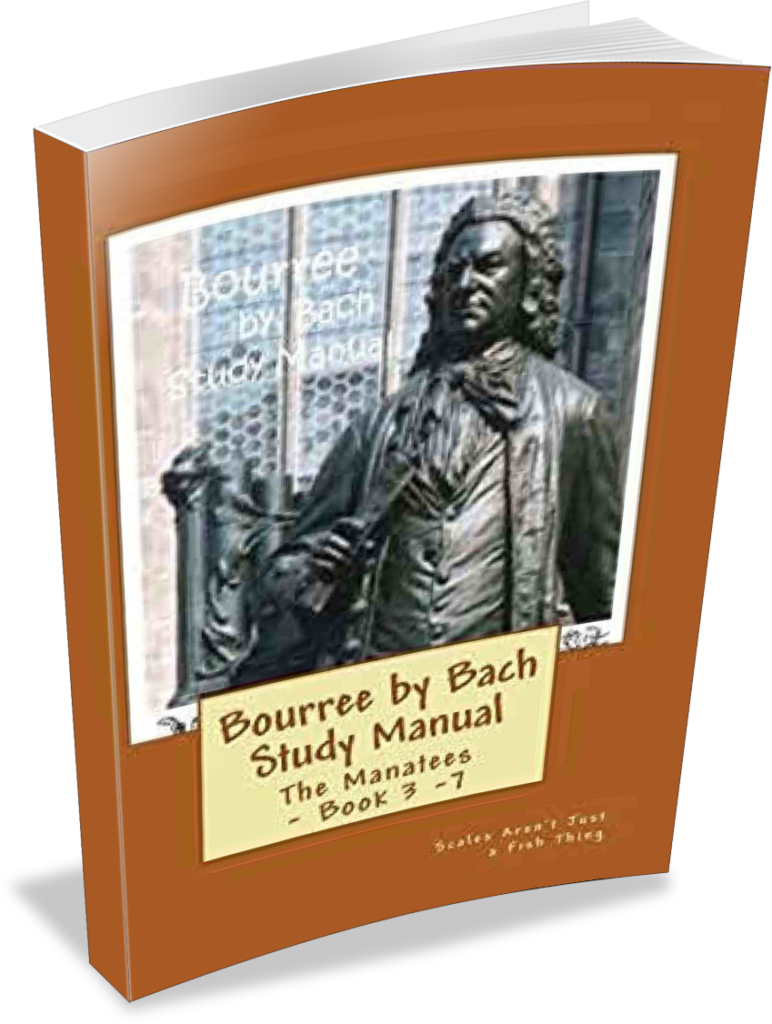
**************************************************
Book Four – Amazing Songs – Fast and Fun

Learn to play the violin, at an amazing speed with the color-coded music from Twinkle to Vivaldi and Bach’s Double Concerto. With the proper position and techniques, this music and the music theory card games and lessons on learning styles, short circuits, and how to avoid roadblocks, will speed you toward your goals.
So Much More! Book 4 and Companion books
Carol Anderson’s Gum Drop Note teaching method has worked very well for our kids.
People are amazed at how well they can read and play music at such a young age.
Our daughter can play music she’s never seen before by sight, and our son is into Suzuki Book Four after just three years of study.
It all seems too good to be true, but once you begin to use the Gum Drop Notes sheet music, play along mp4, and card games, you will be amazed at how fast you learn music theory and the music you are studying and memorizing.
Videos to show you how to use the gum drop notes…..easy peasy
carolanderson@scalesarentjustafishthing.com
